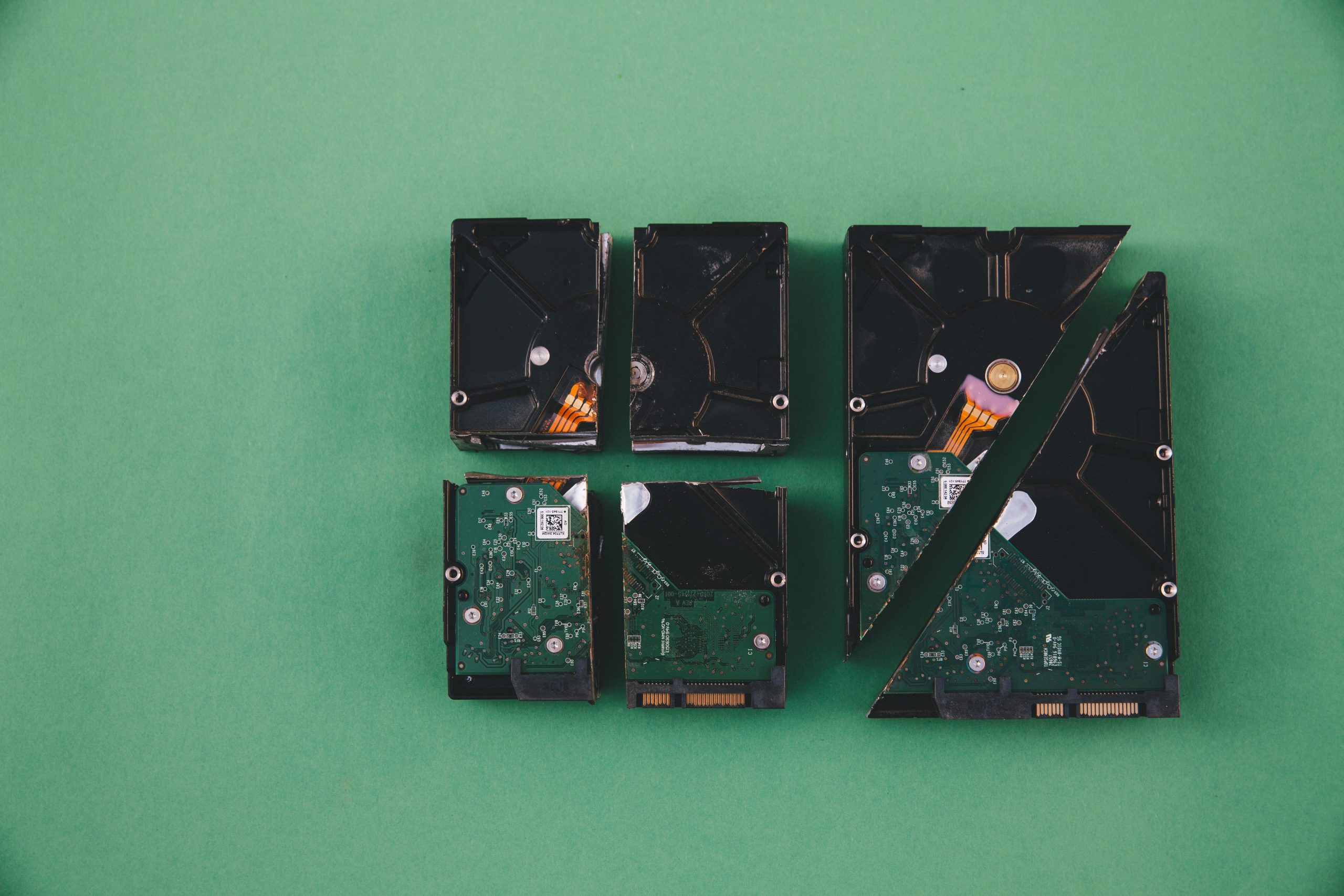How to Assess Your Computer Components After a Power Supply Failure
Experiencing a power surge can be distressing, especially when it leads to the failure of your power supply unit (PSU). I recently faced this challenge when my PSU stopped working despite a surge protector. After the incident, my computer began shutting down under high loads, accompanied by a troubling burning smell. Fortunately, a replacement PSU is on the way, but it got me thinking: how can I verify that my other components are still functioning properly?
Steps to Evaluate Component Health
Before diving into stress testing, it’s essential to take a methodical approach to check your CPU, motherboard, and other hardware components for damage.
-
Visual Inspection: Start with a thorough visual examination of your hardware. Look for any signs of physical damage, like burn marks or bulging capacitors, particularly on the motherboard and GPU.
-
Check System Logs: If you can boot your system, check the event viewer in Windows for any critical errors related to hardware. This can provide clues about what could have been affected.
-
Run Diagnostic Utilities: There are various software tools available that can help you assess the health of your CPU and other components:
- CPU-Z: While you’ve already used it, consider running it again. This utility provides detailed information about your CPU, memory, and mainboard.
- MemTest86: Use this tool to check for any issues with your RAM. Bad memory can manifest in various ways and could be a consequence of an unstable power supply.
-
CrystalDiskInfo: If you’re concerned about your hard drives, this tool will help assess their health status and SMART attributes.
-
Performing a Stress Test: Since you’ve already noted that stress testing with CPU-Z led to a shutdown, it’s important to do this cautiously after ensuring your PSU is functioning correctly. A controlled stress test can reveal whether your CPU operates correctly under load. Tools like Prime95 or Cinebench can help you stress test your CPU and evaluate its stability.
-
Run System Checks: If you have already executed a chkdsk scan and it returned no errors, that’s a good sign for your storage drives. Continue to monitor their performance, especially if you’re using SSDs, as they can be particularly sensitive to power issues.
Resolution and Next Steps
In my own situation, the update is promising. After replacing the faulty
Share this content:



